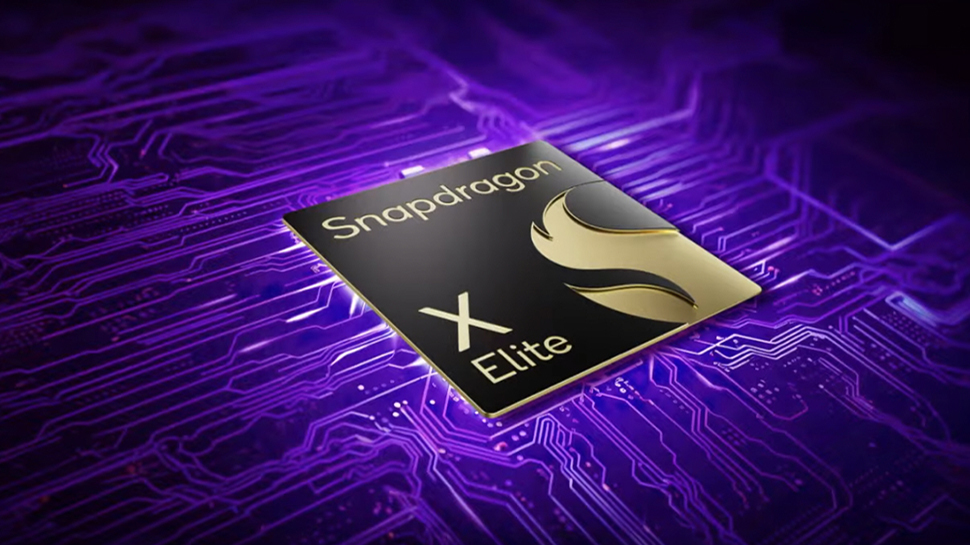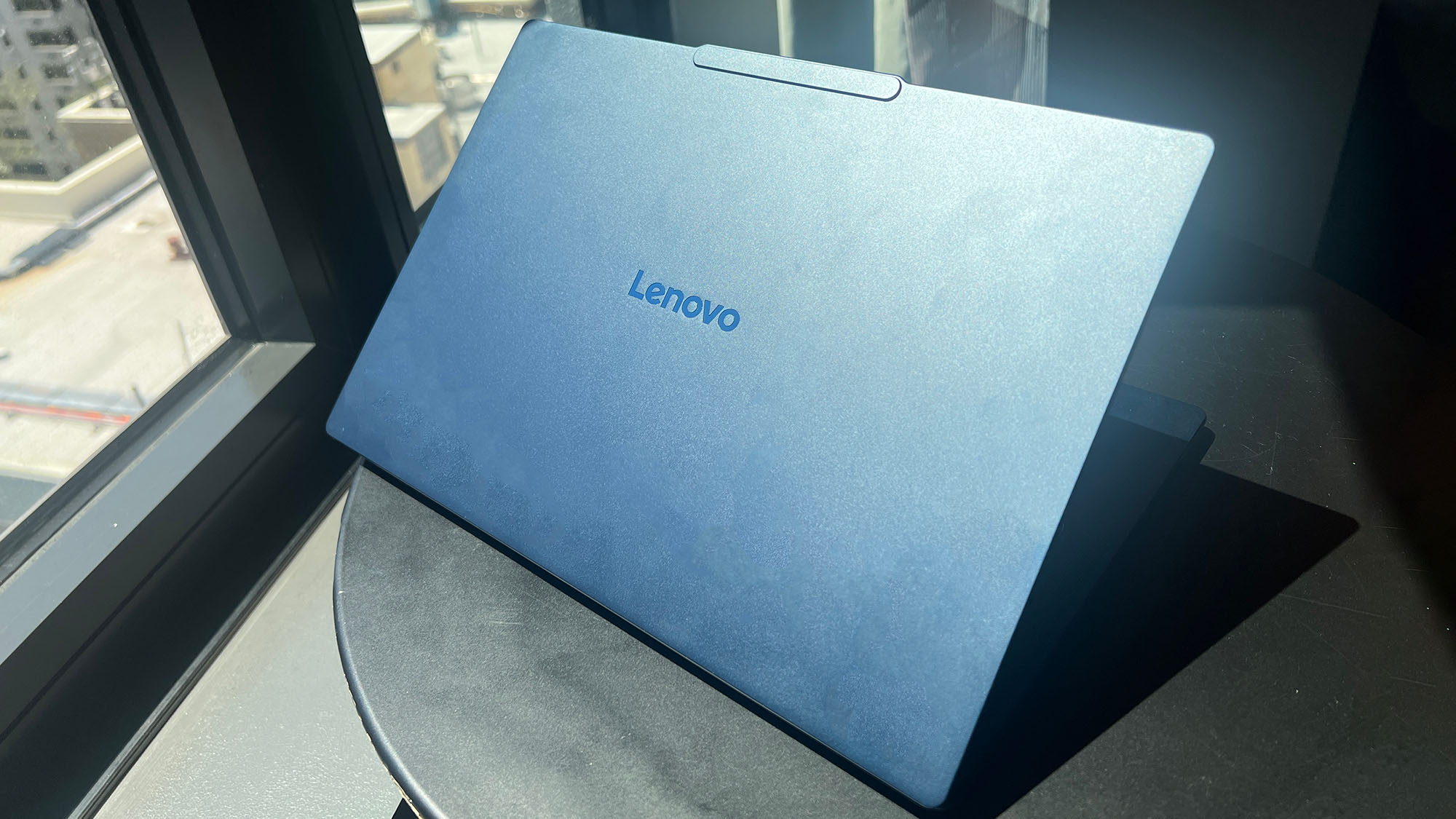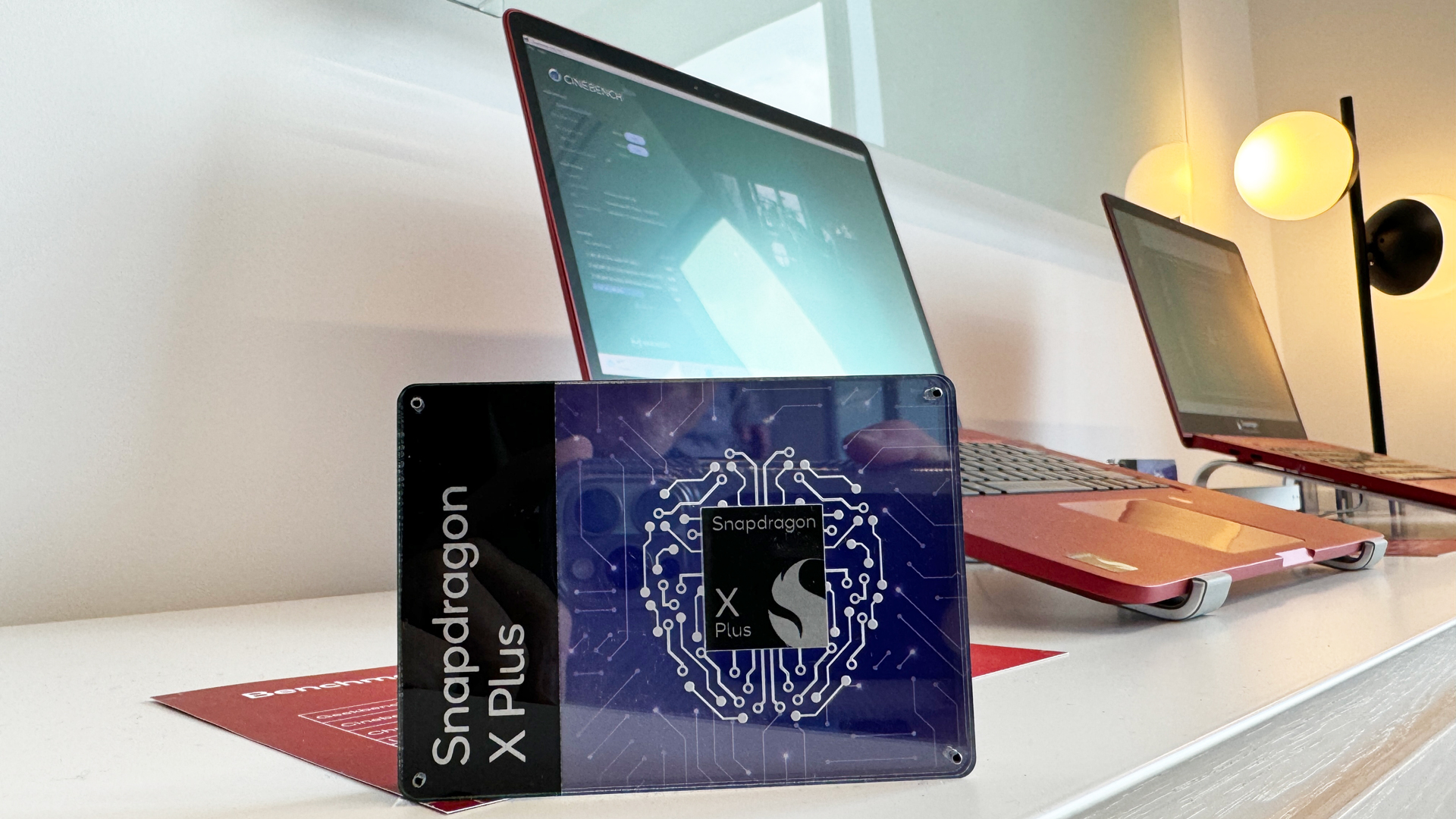
Qualcomm is a new entrant to the typical suspects we cover in our end-of-year report cards for the computing tech giants out there, but the firm has now gathered enough momentum in this sphere to grab our attention (and everyone else in the world of PCs).
That was achieved mainly through the launch of new Snapdragon silicon to power the first Copilot+ PCs to arrive in 2024, and those devices certainly made a splash. So, let’s dive into the other strong suits Qualcomm had this year – in terms of computers, that is, not the mobile space – and indeed discuss those weaker cards, too.

Copilot+ PCs arrive with Snapdragon X CPUs
Qualcomm is a name more associated with chips for phones, but it has, of course, produced Arm-based CPUs for laptops in the past (like the Snapdragon 8cx, for example, or custom Snapdragon processors for Microsoft’s Surface devices). However, it didn’t really turn any heads in the notebook space until 2024, with the release of the Snapdragon X range.
You might recall the excitement and hype spun up around Qualcomm’s new Snapdragon X chips throughout the early part of this year. The Snapdragon X Elite headed up the range – actually first revealed late in 2023 – sporting 12-cores, backed up by lower-tier Snapdragon X Plus CPUs with 10-cores.
These SoCs did not disappoint when they arrived in Copilot+ PCs – the much-hyped AI laptops – proving to be powerful mobile CPUs, with beefy NPUs (Neural Processing Units) that were a requirement for these notebooks in order to accelerate AI-related workloads.
In May 2024 we were treated to a raft of revelations of different inbound Snapdragon X laptops, including the new Surface Pro 11 and Surface Laptop 7 from Microsoft. Copilot+ PCs went on sale from June onwards, and these initial models were all driven by Qualcomm’s new Snapdragon SoCs.
The new Surface Laptop totally blindsided us – considering we found some of the previous incarnations of this device rather underwhelming – scoring full marks in our review and storming to the top of our ranking of the best laptops out there. The Surface Pro for 2024 similarly blew us away. And yes, these were victories for Microsoft, but Qualcomm was a big winner here too, with the Snapdragon X being the engine of these compelling new laptops, and obviously key to their success.

We witnessed the Snapdragon X Elite achieve some impressive feats in terms of facilitating better battery life, nippy performance, and indeed powering thin-and-light laptops to be surprisingly capable in the gaming stakes.
But not everything was rosy in the Snapdragon garden. As you may be aware, there’s one main compromise with using Arm silicon, and running Windows on Arm, which is the thorny issue of software compatibility.
Admittedly, the compatibility gremlins have been tamed to an extent, thanks to Microsoft’s new emulation layer (Prism) for running traditional x86 apps on an Arm system (which has a fundamentally different architecture). This is akin to Apple’s Rosetta translation layer, which runs x86 apps on its M-series CPUs.
There’s no doubting Prism is a big step forward for Windows on Arm, but it’s still far from perfect. Microsoft itself admitted that some software doesn’t work on Arm-powered PCs, and even when it does, you may get some performance headwinds from running the emulation routines. There are many more compatibility stumbling blocks when trying to play games on these Arm laptops, too.
Still, we shouldn’t be too negative here, as Prism is still in its relatively early life – and will doubtless be honed by Microsoft. It’s also worth noting that Arm-based Copilot+ PCs were the only devices to get the halo AI feature, Recall, when that finally launched late in 2024 (though it’ll come to x86 devices later). Furthermore, there’s a small – but growing – list of apps that are written natively for Arm chips, so don’t need emulation, and will run readily, smoothly and speedily.

Snapdragon success – that didn’t translate into sales?
So, there were a lot of good things going on with the new Snapdragon X SoCs, but worryingly for Qualcomm, the initial sales figures we glimpsed didn’t exactly bowl us over. As we reported in November, apparently only something like 720,000 Snapdragon X laptops had been sold since the launch of these devices. In Q3, the units shifted represented 0.8% of the total PCs shipped, and while that’s hardly nothing, it’s not exactly a thundering start for Qualcomm.
The other worry in terms of competition is that Copilot+ PCs with x86 chips are coming onto the scene to challenge the Snapdragon X-powered laptops. Notably, these devices – packing AMD Ryzen AI 300 or Intel Lunar Lake CPUs – don’t have any of the compatibility wrinkles we discussed above. Those AMD and Intel processors are also seriously impressive in terms of being highly performant, too.

Big things are still predicted for Snapdragon
Despite some of these undoubted worries for Qualcomm, the company was very bullish regarding the prospects of its new Snapdragon chips. Indeed, both Arm and Qualcomm predicted that Arm chips will become the dominant force in Windows PCs by 2029, overtaking x86 silicon.
It wasn’t just a matter of Qualcomm blowing its own hype horn here, though, as analysts also forecasted that Arm-based Copilot+ PCs are going to explode in popularity from next year. We’re talking about a more than fivefold growth to over five million units shifted in 2025, and then by 2028, sales will supposedly reach 47 million.
However, those x86 AMD and Intel-powered Copilot+ PCs are predicted to do better – a lot better. To the tune of 34.2 million units shipped in 2025, and over 100 million units in 2028.
Still, that would in theory leave Arm chips with a third of the surging Copilot+ PC market – and while that doesn’t quite line up with Qualcomm’s own hopes of Windows PC domination by 2029, it’d still be a very impressive achievement. The hype being stoked is that Apple’s MacBooks could be threatened, but the reality, as ever – we’ll just have to see.

Another piece of the puzzle – more affordable Snapdragon X AI laptops
Aside from the issues we’ve mentioned around the weaknesses of Arm in the compatibility stakes, another drag factor on the sales of these Qualcomm-powered Copilot+ PCs has been the generally high price tags attached to these portables.
That pricing picture is changing, though, thanks to an 8-core take on the Snapdragon X revealed in September 2024 at IFA, as a cheaper processor to ensure more affordable laptops. That chip had the goal of bringing Snapdragon X laptops down to the $800 level, and then in November 2024, Qualcomm said it was introducing a new entry-level chip beneath the 8-core model to allow for even cheaper Copilot+ PCs around the $600 price point.
The key point is that the NPU won’t be watered down, to keep these fresh Snapdragon CPUs eligible for Copilot+ devices – and next year we should see much more reasonably priced Arm-based notebooks in the AI laptop category.

Dev Kit PC is announced – then comes off the rails
Qualcomm revealed the Snapdragon Dev Kit for Windows in August 2024, a mini PC designed for developers to help them test and port over apps to the Windows on Arm platform. The more software coded natively for Arm, the better, as we already touched on, and this compact PC was an affordable way to help that happen.
Sadly, in October came the news that this dev kit had been canned by Qualcomm. Why did the PC get ditched? Apparently it simply wasn’t up to scratch, and there were issues related to the hardware, specifically the ports. The end result, though, is that this project that could have accelerated the arrival of native Arm software on Snapdragon-powered PCs has fallen by the wayside.

Concluding thoughts
In terms of PCs, the future looks promisingly bright for Qualcomm. At least if the company can realize those cheaper Snapdragon-toting Copilot+ laptops (at the promised $600 price bracket), and Microsoft’s Prism forges forward with facilitating the smoother running of x86 apps on these Arm devices. (Plus we’ll doubtless get more native software for Windows on Arm, too, something Microsoft will definitely be pushing for – though it’s a shame about the fate of Qualcomm’s Dev Kit mini PC).
Whether Copilot+ PCs running Snapdragon CPUs will be as big a hit as Qualcomm and Arm – and indeed some analyst firms out there – seem to think, well, that remains to be seen.
Not all of that is in Qualcomm’s hands, by any means, as while the company can – and surely will – push forward with more powerful, or indeed more affordable, Snapdragon CPUs, it could be the AI features that eventually determine whether Copilot+ PCs sell up a storm. And these devices are very much unproven yet in that regard, and the AI functionality ball is, of course, in Microsoft’s court with Windows, not Qualcomm’s.







